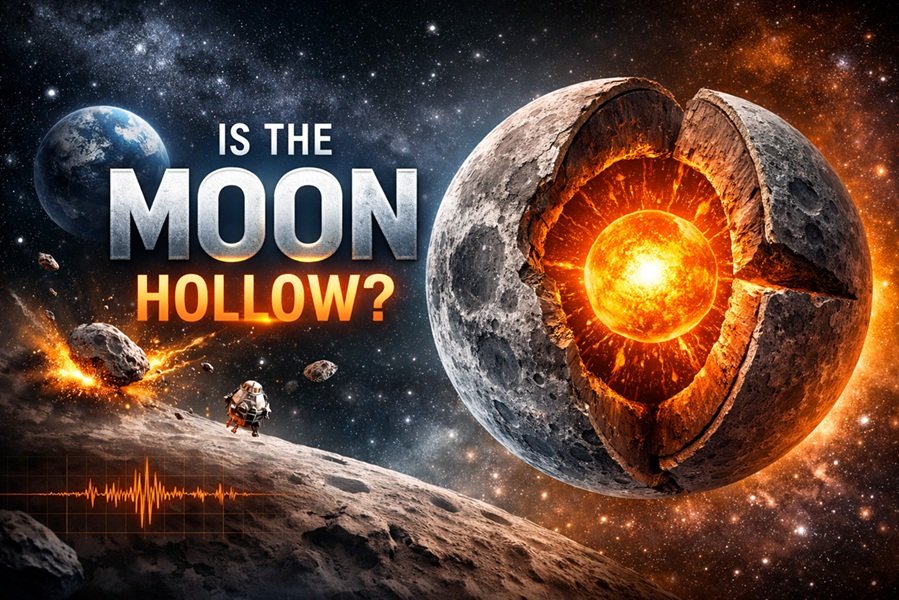
Introduction
Alfred Russel Wallace (1823–1913) is often overshadowed by Charles Darwin in discussions about evolution, but his work was equally groundbreaking. Wallace was a naturalist, explorer, geographer, anthropologist, and one of the founders of biogeography. His fieldwork across South America and Southeast Asia led to multiple discoveries that continue to influence science today.
This article explores the top 10 most important discoveries and contributions of Alfred Russel Wallace.
1. Theory of Evolution by Natural Selection (Independent of Darwin)
Wallace independently formulated the theory of evolution by natural selection while studying the biodiversity of the Malay Archipelago.
Key Point:
- In 1858, he sent his essay on natural selection to Charles Darwin, prompting Darwin to publish On the Origin of Species.
- Their findings were jointly presented to the Linnean Society of London.
📌 Why it matters: Wallace’s discovery confirmed that species evolve over time due to environmental pressures and survival advantages.
2. The Wallace Line: A Biogeographical Breakthrough
While observing faunal differences between islands in Indonesia, Wallace identified a distinct boundary—now called the Wallace Line—separating Asian and Australasian species.
Notable Observation:
- Despite the short distance between islands like Bali and Lombok, the animal species differed dramatically.
📌 Why it matters: This led to the birth of biogeography, the study of how species are distributed across geographic space and time.
👉 Read: Detailed Article on the Wallace Line
3. Founder of Biogeography
Wallace is considered the father of biogeography. He categorized the world’s species distribution into six zoogeographical regions:
- Nearctic
- Neotropical
- Palearctic
- Ethiopian
- Oriental
- Australian
📌 Why it matters: This laid the foundation for understanding how geographical barriers and history influence the evolution and distribution of species.
4. Wallacea: The Transitional Faunal Zone
Wallace identified the region between the Wallace Line and Lydekker Line as a zone of mixed fauna, now known as Wallacea.
Key Fact:
- Wallacea includes islands like Sulawesi, Timor, and Lombok, which contain a blend of Asian and Australian species.
📌 Why it matters: Wallacea remains one of the most biodiverse areas on Earth and is a living lab for evolutionary studies.
5. Amazon Rainforest Exploration and Discovery of New Species
Before his work in Southeast Asia, Wallace explored the Amazon Basin from 1848 to 1852, collecting thousands of specimens.
Achievements:
- Discovered several new species of insects and birds
- Made early notes on species distribution and habitat specialization
📌 Why it matters: His Amazon expedition laid the groundwork for his later biogeographical insights.
6. Wallace Effect (Reinforcement in Speciation)
Wallace proposed the concept later known as the Wallace Effect, which describes how natural selection reinforces reproductive barriers between closely related species to avoid hybrid offspring.
Example:
- Animals developing distinct mating calls or patterns to avoid interbreeding
📌 Why it matters: This idea advanced the understanding of speciation, a core concept in evolutionary biology.
7. Ethical Approach to Colonization and Indigenous Cultures
Unlike many of his contemporaries, Wallace respected and documented the cultures, languages, and practices of indigenous people in regions he visited.
Humanitarian View:
- Opposed social Darwinism and scientific racism
- Supported land reform and anti-colonial ideas
📌 Why it matters: Wallace’s anthropological sensitivity was ahead of its time and brought humanity into the realm of science.
8. Support for Environmental Conservation
Wallace was one of the earliest scientists to warn about deforestation, habitat destruction, and unsustainable development.
Writings:
- Advocated for conservation of tropical forests
- Proposed national parks before the concept became mainstream
📌 Why it matters: He was a pioneer of ecological thinking, blending biology with sustainability.
9. Zoogeographical Maps and Species Distribution Theories
Wallace developed detailed maps showing the distribution of animal species across the globe, which became vital tools in evolutionary biology.
Featured Work:
- The Geographical Distribution of Animals (1876)
- Island Life (1880)
📌 Why it matters: These works influenced later research in island biogeography and conservation biology.
10. Discovery and Description of Hundreds of New Species
Wallace collected over 125,000 specimens during his travels, including:
- 1,000+ new species of insects
- 200+ new bird species
- 40+ new mammal species
📌 Why it matters: His meticulous cataloging contributed massively to biological databases still used today.
Conclusion
Alfred Russel Wallace was not just a co-discoverer of natural selection—he was a visionary who saw the world through the lens of interconnected systems: geography, evolution, ecology, and humanity. His legacy lives on in scientific disciplines ranging from biology and ecology to anthropology and conservation.
Read This: The Artesian Basin: A Vital Water Resource Beneath the Earth’s Surface







